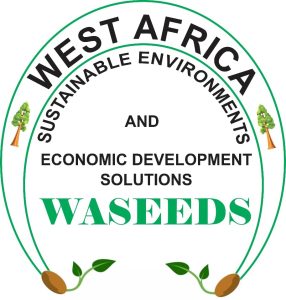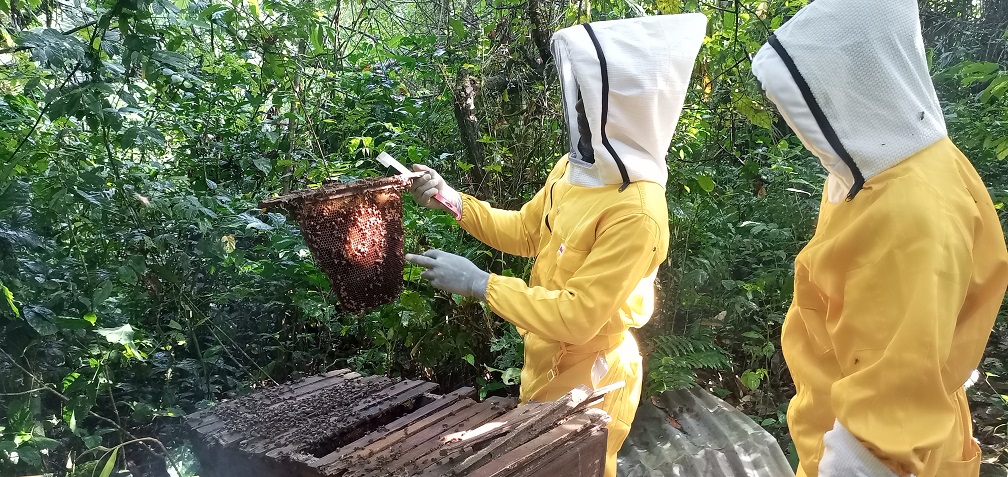In response to the Bonn Challenge, the Government of Sierra Leone pledged to restore seven hundred thousand (700,000) hectares of its degraded forestland. This pledge has stimulated Forest Landscape Restoration (FLR) activities across the country. Hence, GREENLIFE West Africa, a regional NGO implementing development activities geared towards sustainable natural resource management, was contracted by the National Protected Areas Authority (NPAA) of Sierra Leone to scale up FLR activities in communities located around the Gola Rainforest National Park in the southeastern region of the country.
FLR is an ongoing process of regaining ecological functionality and enhancing human well-being across deforested or degraded forest landscapes. FLR is more than just planting trees – it is restoring a whole landscape to meet present and future needs and to offer multiple benefits and land uses over time.
GREENLIFE implemented the socio-economic aspects of the Restoration Opportunity Assessment Methodology (ROAM), which established the baseline for the project and led to the restoration of thirty-one (31) hectares of degraded forestland in Koya and Barri Chiefdoms. The restoration intervention sites comprised home gardens, orchards and mixed tree crop systems.
Another important outcome of the project is enhanced community awareness about the importance of conserving biodiversity and other natural resources on their land. Capacity-building and sensitization were major components of the project that comprised outreach activities that included the training of farmers and partners, and a national workshop where representatives of key ministries and NGOs discussed ways to integrate FLR into their activities and work plans. Awareness raising activities were implemented across the seven (7) targeted communities; Borgbuabu, Mapuma, Segwema and Baoma in Koya Chiefdom; and Saahun, Boma and Niahun in Barri Chiefdom.
Local farmers received on-the-spot training on tree species selection, nursery establishment, best conditions for plant procurement/transportation, out-planting and co-management of the plantations. In total, 249 farmers (101 women/girls, 148 men/boys) participated in the outreach; training and sensitization sessions.
The project has left a mark in Koya and Barri Chiefdoms, with degraded forestland restored, and community members possessing increased knowledge on the implementation of FLR in a subtle and professional manner. The types of trees planted were mostly fruit trees and woodlot trees, which will be sold in the near future for alternative income generation, hence, minimizing their unsustainable activities in and around the Gola Rainforest National Park.
According to Chief Brahim Sesay Woya, “If you bring seedlings of particular fruit trees that the community members highly desire, then you are sure that it is going to stand there and it will be taken care of and in effect, it is going to help to bring back some semblance of the forest.” The project was funded by Global Environment Facility (GEF) and implemented by International Union for the Conservation of Nature (IUCN), Mano River Union (MRU), National Protected Areas Authority (NPAA) and GREENLIFE West Africa from 2019-2021.



